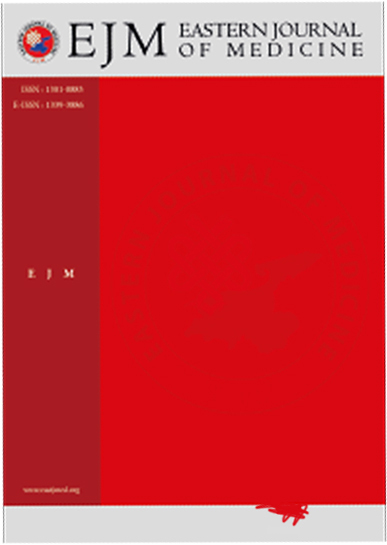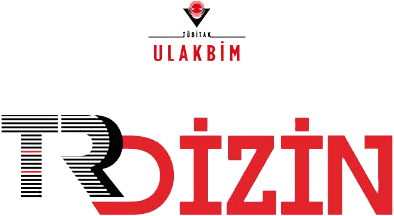Evaluation of the transversus abdominis release method in large ventral hernias and its effect on postoperative abdominal pressure
Resul Nusretoglu1, Oztekin Cikman21Department of General surgery, Denizli State Hospital, Denizli, Türkiye2Department of General Surgery, Van Yüzüncüyıl University Faculty of Medicine, Van, Türkiye
INTRODUCTION: The aim of this study is to evaluate the effectiveness of the posterior separation technique performed by releasing the transversus abdominis in large ventral hernias (LVH) and its effect on postoperative intra-abdominal pressure (IAP).
METHODS: LVH patients who treated with transversus abdominis release (TAR) technique in our hospital between March 2021 and June 2022 were evaluated. The patients' age, sex, body mass index (BMI), presence of comorbidities, hernia size, IAP, postoperative complications, presence of recurrence were evaluated. IAP (day 1-3) values were compared statistically.
RESULTS: In total, 35 patients were operated. 25.7% (9/35) of patients had previously known comorbid diseases. 14 patients (14/35; 40%) had a history of recurrence after hernia repair with on-lay technique. Postoperative day 1 IAP was measured as median 13.2 mmHg IQR: 2.2, on day 2 median IAP was 9.5 mmHg IQR: 3.6 and on day 3 median IAP was 8.6 mmHg IQR: 3.5. IAP values decreased statistically significantly for three days (1st day-3rd day: p=0,001; 2nd day-3rd day: p=0,001; 1st day-3rd day: p=0,001). Wound infection was seen in one patient and hematoma was seen in one patient (2/35; 11.4%). Total follow-up was median 12 months, IQR: 9. No recurrence was observed in any patient.
DISCUSSION AND CONCLUSION: TAR technique provides good outcomes with no recurrence and low complication rates in LVH patients. This technique allows to safely closure of large defects without increasing intra-abdominal pressure.
Manuscript Language: English














